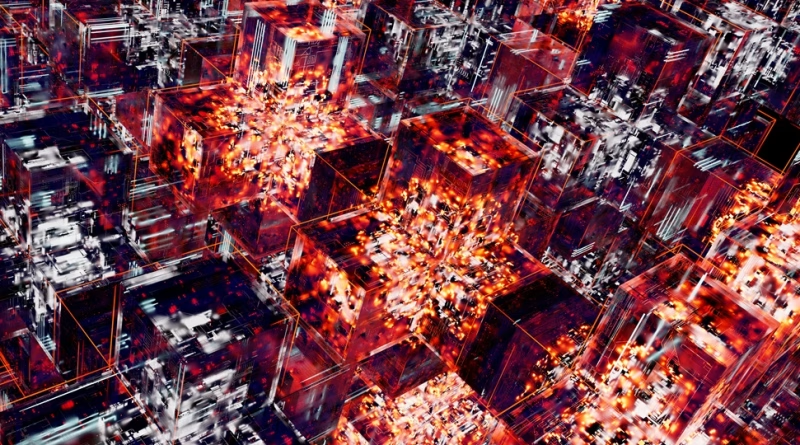Explainer: What are Neural Processing Units (NPUs) and Why Do They Matter?
You’ve probably noticed the new buzzword in tech marketing: the “AI PC.” Laptops from every major manufacturer, powered by new chips from Intel, AMD, and Qualcomm, are all being touted for their incredible new AI capabilities.
But what actually makes a PC an “AI PC”? The answer lies in a new, specialized piece of silicon that is quickly becoming as essential as your computer’s main processor: the Neural Processing Unit, or NPU.
This small, efficient chip is the hardware engine behind the on-device AI revolution. It’s the reason your laptop can blur your background on a video call without turning on its fans, and why your phone can translate languages in real time. But what is it, and how is it different from the CPU and GPU we already know?
Meet the NPU: The New, Specialized Brain in Your Device
At its core, an NPU is a processor designed to do one thing exceptionally well: perform the specific types of mathematical calculations used in artificial intelligence and machine learning.
Think of it like this: if you wanted to build a house, you could technically use a single multi-tool for everything. But it would be incredibly slow and inefficient. A better approach is to use specialized tools: a hammer for nails, a saw for wood, and a wrench for pipes.
In a computer, it’s the same principle:
- The CPU (Central Processing Unit) is the general-purpose “master tool.” It’s a jack-of-all-trades, handling all the core instructions for the operating system and most applications.
- The GPU (Graphics Processing Unit) is the “saw.” It’s specialized for handling many parallel tasks at once, which makes it perfect for rendering the millions of pixels in a video game or processing large batches of data.
- The NPU (Neural Processing Unit) is the new, specialized “AI hammer.” It is architected specifically to handle the low-precision, high-volume matrix multiplication and other calculations that are the bedrock of neural networks.
Why On-Device AI is a Game-Changer
For years, most complex AI tasks were handled in the cloud. When you used a smart assistant or an AI image tool, your request was sent to a massive data center, processed, and the result was sent back. The NPU allows this work to be done directly on your device, which has two huge benefits.
- Massive Efficiency and Better Battery Life: An NPU can perform AI tasks using a tiny fraction of the power that a CPU or GPU would need. When you use a feature like real-time background blur in a video call, running it on the NPU instead of the main CPU means your laptop runs cooler, the fans don’t spin up, and your battery lasts significantly longer.
- Enhanced Privacy and Speed: Because the processing happens locally, your personal data doesn’t have to be sent to the cloud. This is inherently more private and secure. It also dramatically reduces latency, making AI features feel instantaneous because they don’t depend on your internet connection.
What Can an NPU Actually Do for You?
The NPU is the silent workhorse behind the growing list of “smart” features being built into modern operating systems and apps.
- For Video Conferencing: It powers features like real-time background blur, noise cancellation that isolates your voice, and eye-contact correction that makes you appear to be looking at the camera.
- For System Performance: In Windows 11 and macOS, the NPU handles tasks like on-device file searching (e.g., searching for “photos of dogs at the beach”) and live captions for any audio.
- For Creative Apps: In software like Adobe Photoshop, the NPU can accelerate AI-powered features like “Generative Fill” or subject selection, making these tools faster and more responsive without draining your battery.
The NPU is the next essential piece of the modern computing puzzle. It’s the key to a future where our devices are not just fast, but truly intelligent, with powerful AI features that are both private and power-efficient. It’s the little chip that is making the big AI revolution personal.


